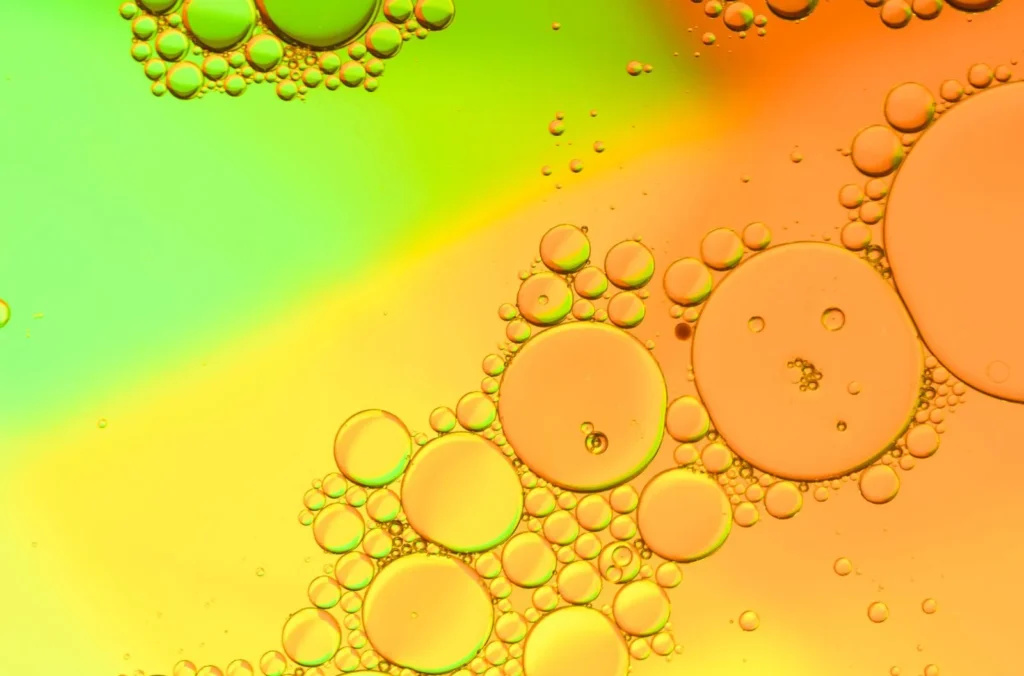Choosing the Right Defoamer for Your Certain Application Needs
Selecting the ideal defoamer for details application demands is a nuanced process that requires mindful consideration of multiple factors, such as the foam operating, tool, and type conditions. Recognizing the nuances of defoamer efficiency-- consisting of speed and persistence-- while likewise accounting for environmental and regulative elements is important.
Recognizing Foam Development
Foam development happens when gas is entraped within a fluid, developing a secure structure of bubbles. This phenomenon can considerably affect numerous industrial processes, particularly in markets such as food production, pharmaceuticals, and wastewater therapy. The existence of foam can impede mixing, minimize item quality, and even lead to operational ineffectiveness.
Foam commonly creates due to a mix of factors, consisting of surface-active agents, agitation, and the qualities of the fluid stage. Surfactants reduced the surface stress of the liquid, facilitating the development of bubbles that can maintain and coalesce. Frustration, whether from mechanical stirring or gas introduction, enhances bubble development, leading to boosted foam quantity.
Recognizing the auto mechanics of foam development is essential for sectors intending to enhance their procedures. By identifying the certain conditions that advertise foam generation, organizations can apply approaches to minimize its impacts. This understanding lays the groundwork for choosing appropriate defoaming representatives that effectively target the unique challenges positioned by foam in various applications. As a result, a detailed understanding of foam formation is necessary for boosting performance and keeping item stability throughout numerous fields.
Sorts Of Defoamers Available
Numerous sorts of defoamers are offered to deal with the obstacles positioned by foam in commercial applications. defoamers. Broadly categorized, defoamers fall right into three classifications: silicone-based, non-silicone-based, and natural defoamers
Silicone-based defoamers are renowned for their efficiency and stability throughout a vast array of temperatures and pH degrees. They are commonly utilized in applications where solid foam reductions is required, such as in paints, adhesives, and coverings. Their low surface area tension permits rapid foam collapse.
Non-silicone-based defoamers, often made from organic compounds, supply a choice for applications conscious silicone deposits. These defoamers can be further split right into polyether and ester types, each tailored to fulfill particular solution demands. Non-silicone defoamers are frequently made use of in food processing and individual treatment products as a result of their compatibility with numerous solutions.
All-natural defoamers, obtained from plant or animal resources, are acquiring traction as a result of their environment-friendly profile. These products are specifically appealing in applications where regulatory compliance and sustainability are vital, such as in agrochemicals and biotechnology.
Picking the ideal kind of defoamer is vital for maximizing performance and ensuring compatibility with certain applications.
Key Application Considerations
When picking a defoamer, it is necessary to consider the details application demands to make sure optimal efficiency. defoamers. Different industries have unique needs, such as food handling, pharmaceuticals, or wastewater treatment, and each application might call for site link unique defoaming homes
Secret factors to evaluate consist of the tool in which the defoamer will be utilized, whether it is water-based, oil-based, or a mix thereof. The temperature and pH levels of the application can likewise considerably affect the performance of a defoamer. Furthermore, compatibility with various other chemicals present in the system is vital to avoid unfavorable reactions that could compromise efficiency.
Another essential consideration is the lathering habits of the particular system. Understanding whether the foam forms rapidly or slowly can guide the choice of a defoamer that targets the source effectively. Additionally, the desired rate of defoaming can affect the option, as some applications need quick action while others might endure slower defoaming processes.
Finally, regulatory and environmental factors to consider need to not be forgotten, especially in industries with rigorous conformity needs. Choosing a defoamer that lines up with these factors ensures both efficiency and security in the application.

Performance Testing Techniques
Reviewing the efficiency of a defoamer needs an organized strategy to testing that precisely gauges its performance in particular applications. Different performance testing methods can be used to identify the ideal defoamer for a provided solution.
One common technique is the bubble test, which examines the defoamer's ability to lower foam quantity over time. This examination involves generating a steady foam and then including the defoamer to observe the rate of foam collapse.

Eventually, picking the ideal efficiency testing method depends on the certain application and the sort of foam being resolved. Each technique provides beneficial data that can direct formula adjustments and boost the efficiency of the defoamer in useful applications.
Ideal Practices for Option


Next, take into consideration the defoamer's performance in regards to rate of activity and perseverance. A quick-acting defoamer might be essential for processes where rapid foam suppression is vital, while an extra consistent formulation could be required for extended foam control. Furthermore, assess the environmental impact of the defoamer, including its biodegradability and any regulatory compliance needs.
Conduct tests with picked defoamers to determine their effectiveness in real-world conditions. This action is crucial to confirm that the selected product fulfills efficiency expectations. Lastly, seek advice from suppliers or distributors for technological support and guidance, as they can give useful insights into item formulas and application techniques. By adhering to these ideal methods, you can enhance foam control performance and guarantee the longevity of your procedures.
Conclusion
In summary, selecting the proper defoamer demands an extensive analysis of various factors, including foam type, medium, operating problems, and ecological factors to consider. Recognizing the one-of-a-kind characteristics of foam formation and the available defoamer options is important.
Picking the ideal defoamer for specific application needs is a nuanced process that requires mindful factor to consider of numerous factors, such as the foam operating, type, and medium problems.Selecting the right defoamer is essential for attaining optimum performance in foam control applications. A quick-acting defoamer might be essential for procedures where quick foam suppression is essential, while a much more persistent formulation could be needed for extended foam control.In recap, selecting the ideal defoamer necessitates an extensive evaluation of various elements, consisting of foam type, medium, operating conditions, and environmental factors to consider. Recognizing the distinct qualities of foam formation and the readily available defoamer choices is essential.